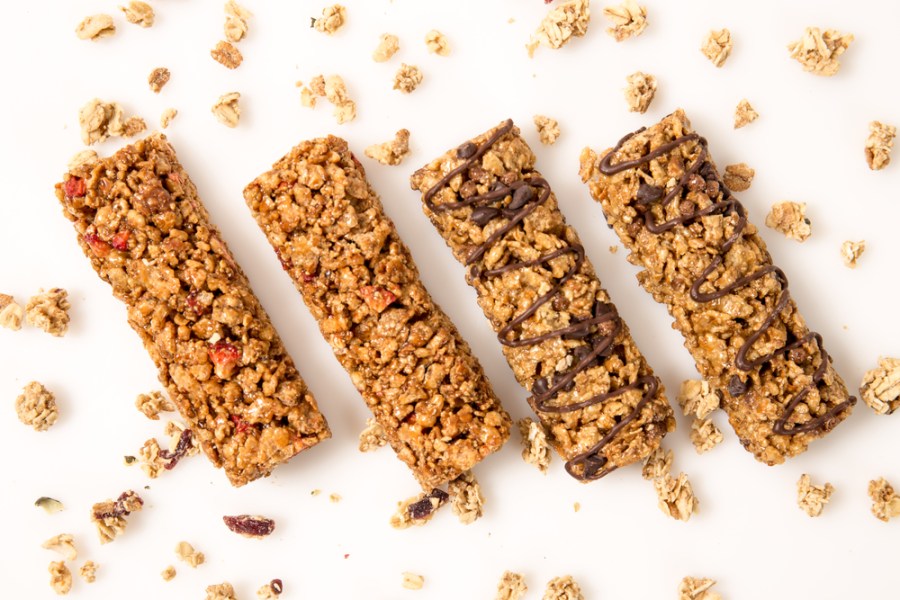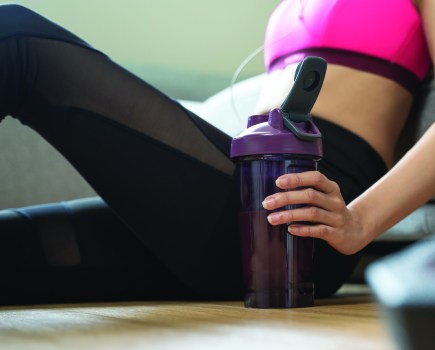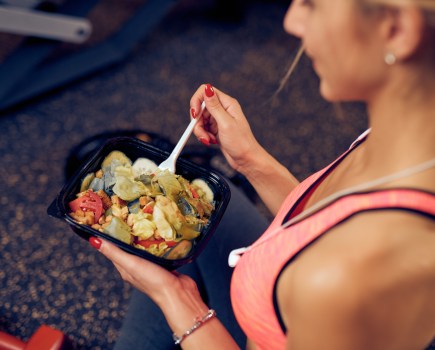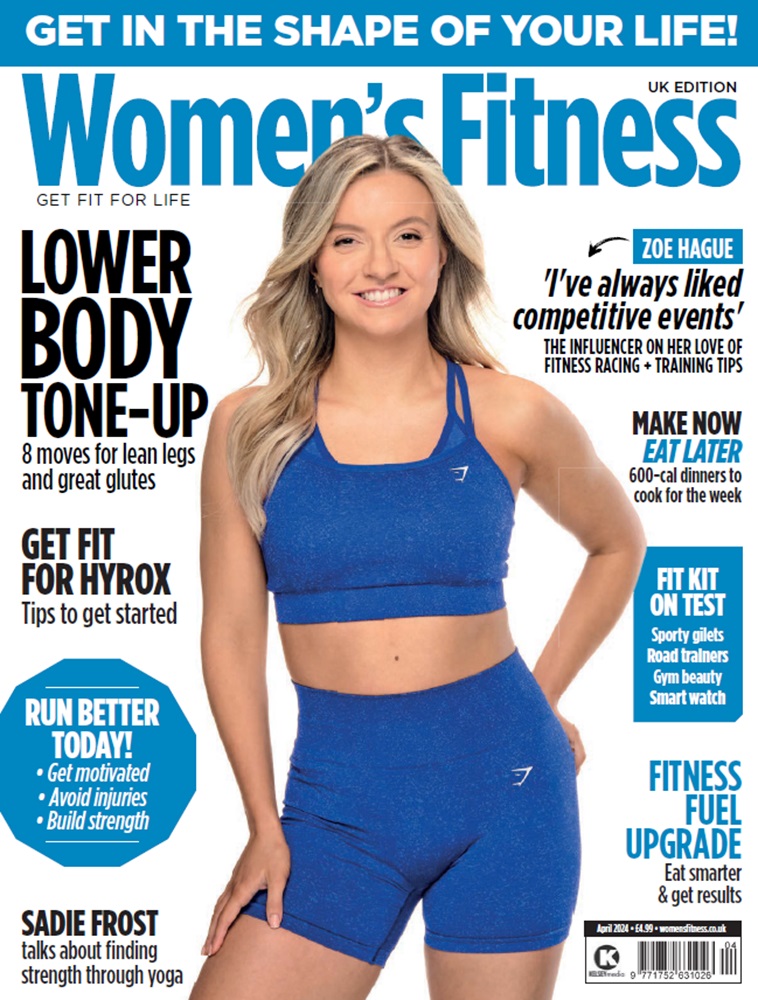There’s a vast amount of energy and protein bars and drinks available on the market these days. And while they all aim to help you energise your body, slim down, lose weight and tone up, establishing what is right for you isn’t easy. To work out if the products you’re keen to try will help you, rather than result in you hanging onto stubborn fat, it’s important to check the carbohydrate and protein content of each product. Those meant to provide you with energy, contain high amounts of carbohydrate and low amounts of protein. Recovery products, on the other hand, contain higher levels of protein and less carbohydrate.
Calories out versus calories in
You may find that the calories in energy bars and drinks match the calories you’ve burned, or are about to burn, in a workout. For this reason, it’s best to steer clear of energy drinks when trying to lose weight.
Protein bars and shakes may be a good option, though. They are better taken after a workout, as your body requires protein to rebuild your muscles and other cells in your body. The amount of protein in bars can vary considerably. Some contain nine grams and others up to 50 grams. As a rule, don’t consume more than 20 grams of protein in one meal, snack, bar or drink. That is the optimum amount of protein that your body can digest in one sitting. Anything more than that will be stored as fat.
For recovery after an endurance session, you need a carbohydrate to protein ratio ranging from between 2:1 and 4:1. This means you need between two to four times the amount of carbohydrates than protein in your bar or drink. For a strength workout, you require less carbohydrates and more protein, so opt for products with around 20 grams of protein per serving. Remember, there is a difference between the serving size, approximately 30 grams, and per 100 grams. The values listed per 100 grams are there for you to compare different products with each other because serving sizes may differ.
How many calories should you have before a workout?
Your pre-workout calorie consumption can vary, and it depends on the type of workout you’re about to do. If you’re going to run 13 miles, for example, aim to have some calories about two hours beforehand. If you are doing one of the strength workouts in this book, then don’t eat anything beforehand to ensure that your body will burn the unwanted fat. (If you have diabetes, this is not recommended – you need to take a blood sugar reading and plan your pre-workout calories according to the reading.)
How many calories should you have after a workout?
We’ve all overeaten post-workout and it’s easy to do. And you may have seen women strolling on the treadmill for ten minutes, then listened to them complaining about their weight while eating a croissant in the café afterwards!
Yes, exercise will burn calories, but to get a flat stomach you still need to look at your overall daily and weekly calorie consumption. Here’s a sobering thought… To lose one pound of fat you need to burn 3,500 calories. Most cardio exercise burns between 80 to 110 calories per ten minutes. So to burn 3,500 calories, you’ll need to do
between five-and-a-half and seven-and-a-half hours of cardio per week if you’re aiming to burn calories through exercise alone. Sound like a lot? It certainly is, so the easiest, less stressful way is to control calorie consumption alongside regular exercise.
What else can I do to control food intake?
Keep a food diary at regular intervals to make sure that you don’t overeat during the week. Remember, healthy food contains calories too and eating too much of anything can prevent you from losing weight and may even cause weight gain.







